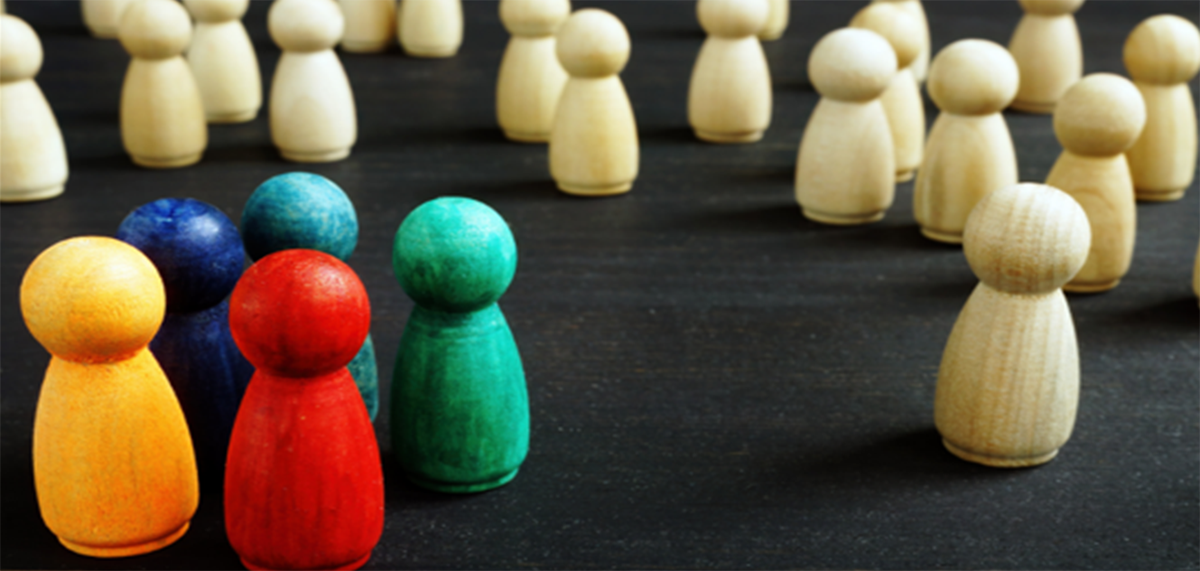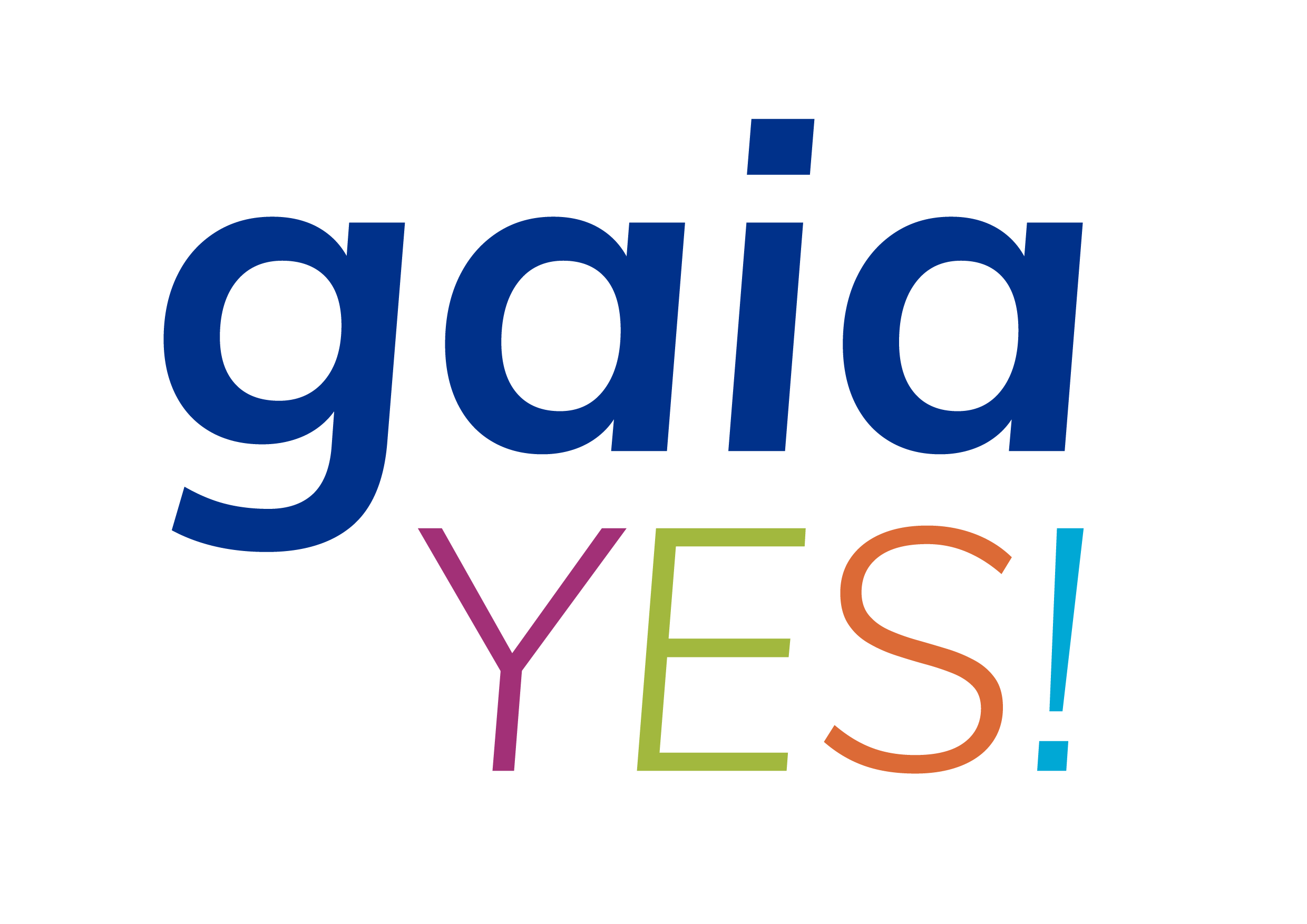SOCIAL COMMUNITY BUILDING

You want to protect the environment. Or not! You follow rules. Or you occasionally flout the rules, just because you can. Almost everyone thinks in frames and boxes. Frameworks give clarity. Frameworks often suit the group of people you hang out with. It is easy to adopt views of other group members. However, sticking very much to norms and values can also hinder your personal growth. The following exercise is about black/white thinking and creating an 'us' instead of us/they.
Roadmap:
- Watch the video 'All that we share'.
- Find someone in the group you feel comfortable with.
- Consider the following questions:
- Remember a time when you felt particularly included, engaged and valued in a group?
- Remember a situation where you felt particularly excluded, alienated and invalidated?
- Share with each other your experiences, feelings and thoughts about 'feeling involved and accepted in a group' and feeling 'excluded from a group'.
- Perspective-taking is the process by which an individual views a situation from another person's point of view. In the academic literature, perspective-taking is defined along two dimensions:
- perceptually defined as the ability to understand how another person experiences things through their senses
- conceptually defined as the ability to understand and adopt the point of view of another's psychological experience.
- When promoting social inclusion, it is important to take the perspective of the other person, but also to show empathy for the excluded person. Try answering the following questions: What do the words difference, diversity and community mean to you?
- Determine who is A and who is B. Person A tells person B in two minutes what the words difference, diversity and community mean to him/her, while B listens (and does not respond back). Switch roles after two minutes.
- Discuss together why difference and diversity can be important in a community.
- Think about the following questions: What do you think about when you feel different? What advice would you give to someone who feels different?
- Person A tells person B in two minutes what feeling different does to you and what advice you would like to give someone who feels different, while B listens (and does not respond back). Switch roles after two minutes.
Target:
Dare to look beyond your own boxes and experience an 'us'
Learning Outcomes
- You have experienced connectedness with other beings
- You have experienced diversity in groups and can give diversity a place in yourself
SDG
SDG 10: Reduce inequality
Necessities:
Beamer, screen, computer, video: https://www.youtube.com/watch?v=jD8tjhVO1Tc
Evaluation:
What do you need to embrace diversity?


0 comments
Leave a comment
Please log in or register to post a comment